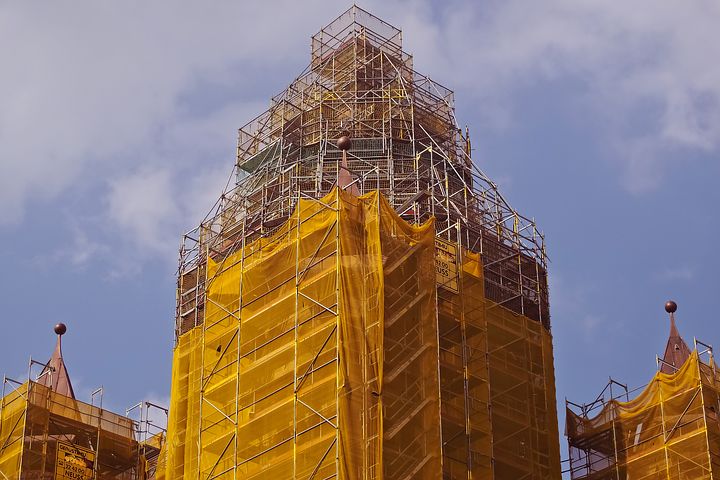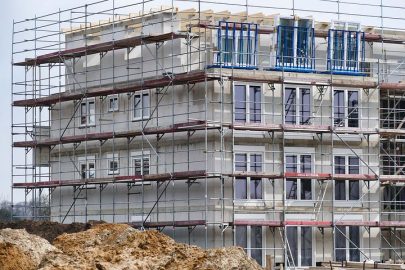Developers who head out to worksites have a lot of various tasks they need to balance over the course of their project.
From the creations of homes from scratch to office extensions and construction sites, their checklist will be comprised of multiple categories that have to be satisfied.
One of those categories will include the domain of scaffoldings, structures that offer participants a safe pathway to various points of access on the site.
Yet this is not a one-size-fits-all niche, requiring specific models for specific tasks that suit the terrain and the environment.
Here we will outline how these professional operators assess the value of each item before proceeding with the investment.
Is It Value For Money?
There is a distinct difference between scaffoldings that are affordable and those that are deemed value for money. In one category, there will be structures offered by retail outlets and private sellers who simply offer up a brand that fits within the budget of most operators. This policy will attract attention for operators in the industry, but it is not emblematic of their quality. Value for money on the other hand can be found at a higher scale, but it will come complimentary with extension features, a comprehensive warranty agreement and a set of durable, strong materials that won’t buckle under added strain or pressure.
Does It Fit Into Our Weight Loading Parameters?
Scaffoldings become hazardous items when participants for the project don’t adhere to the strict weight loading parameters that are evident on these structures. By carrying heavy power tools and leaving bricks and concrete on the planks to seeing multiple professionals walking along the pathway simultaneously, these materials can strain and buckle to cause falls. For operators who have a good gauge over their weight parameters for the task, they need a requisite model that can withstand the loading.
Are Our Team Members Qualified To Use The Structure?

It is vitally important for developers to invest in scaffoldings when they know that all of the team members have their qualifications prior to use. By passing an independent inspection to be deemed fit for purpose, each practitioner has to have received their license and acquired their certification. This is to cover the developing team for insurance purposes and also to ensure that the individuals on location have the requisite skills and expertise to negotiate the intricacies of the platform.
Is The Item Durable?
Durability is a significant benefit when examining brands of scaffoldings across the industry. These products can be sourced from as little as $300-$400 for small household painting projects all the way upwards of $40,000-$50,000 and beyond for major commercial operations. The question for each individual looking at the options at their disposal is a simple one: can this brand withstand the pressure and last the distance to avoid continual repairs, maintenance and a short-term replacement? The lifespan becomes paramount, especially for those developers who find a structure they are satisfied with. From rust and deterioration to the exposure of severe weather conditions, can it still remain in a healthy state for years down the line?
Is It User-Friendly To Erect and Dismantle?
The time it can take to erect scaffoldings is an exercise that has to be calculated into a project. Once established and on firm footing, this is an item that can remain steady until the conclusion of the operation. Yet the more complications and intricate parts involved with the installation, the longer delayed the process will be for all participants and the harder it can be to transport from point A to point B. Developers by and large want to invest in a brand that won’t be extensive when erecting and dismantling.
